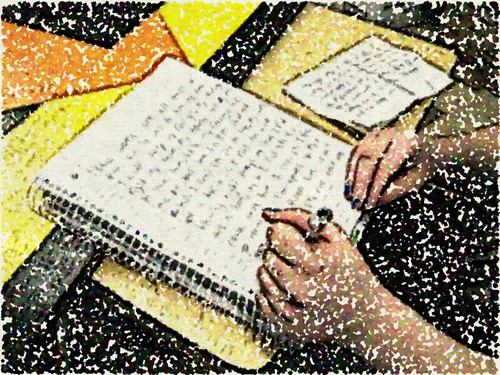
Curated OER Texts
88 Open Essays: A Reader for Students of Composition and Rhetoric by Sarah Wangler and Tina Ulrich
This text doesn’t really have any apparatus to it, but it is a useful collection of essays that allow a teacher to craft assignments based on texts. Among the essays included here are Adichie’s “The Danger of a Single Story,” and “Misinformation and Biases Infect Social Media Both Intentionally and Accidentally” by Ciampaglia and Menzcer. In other words, among the 88 essays showcased here, a teacher could craft a unit on several different topics that are relevant to contemporary students- issues of relating to the world, social media, privacy, superheroes, etc. It really does run a gamut and provide touchstones for many different types of essays.
- Pro: A great place to go and grab something for students to read and engage with that has already been vetted by disciplinary faculty.
- Con: Zero apparatus, questions for discussion, assignment plans, or even grouping of essays for interactivity.
EmpoWord: A Student Centered Anthology and Handbook for College Writers by Shane Abrams
This is a highly accessible book both in how faculty might use it and in how students might approach it. While is was designed specifically for a series of courses at Portland State University, the content is broadly useful. Abrams has a really helpful note to teachers that explains how he is framing the text. He explains why and how he focuses on community building within his composition classes and also talks about the importance of deep dives into rhetorical situations. After a general introduction, the text is organized into 3 parts:
- Description, Narration, and Reflection
- Text Wrestling
- Research and Argumentation
Each of these discreet parts offer several chapters which build to a culminating assignment. There are also ample samples of student writing and boxes entitled “Teacher Takeaways” which offer the student insight into how a teacher might respond to a moment. Includes several supplemental readings both from traditional composition textbooks and more contemporary selections.
- Pro: A really well developed, attractive digital text that checks all the boxes for teaching comp.
- Con: The stand alone reading selections could be more abundant.
English Composition: Connect, Collaborate Communicate by Ann Inoshita, Karyl Garland, Kate Sims, Jeanne K. Tsutsui Keuma, and Tasha Williams
This book is well organized in five chapters. The first chapter uniquely covers College Success Skills with references to time management and how to email your professor. Chapters 2-5 are about writing covering the writing process, essay organization and development, rhetorical modes, and research skills including citation. There is at least 1 activity in each part within the larger chapters to try-out skills and often links to readings or student samples. The final Appendix offers several options for activities and essay assignments. Overall, it seems like a useful and accessible text.
- Pro: Easy to use. Has activities that can be adapted to class.
- Con: Definitely links to specific content for University of Hawaii- but the none-Hawaii specific apparatus is useful.

